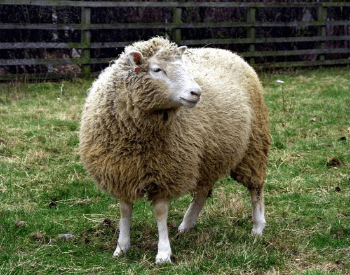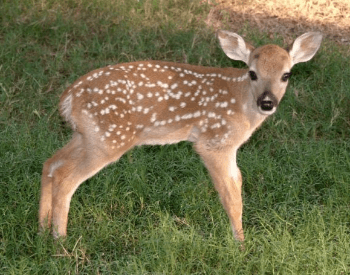
This web page contains cloning facts for kids and is an excellent resource for anyone of any age looking to learn about cloning living organisms. Our goal is to provide you with accurate, up to date facts about cloning. In addition to cloning facts, we provide additional resources to help you with your research on cloning.
The cloning facts below will help you learn about what living things have been cloned, how cloning works, the ethics behind cloning, laws regarding cloning and other cloning related facts. We hope these cloning facts are interesting and help you learn more about this biotechnology.
If any of the below cloning facts are inaccurate, please contact us and let us know.
22 Cloning Facts for Kids
- Cloning is the artificial process of producing genetically identical organisms using biotechnology.
- There are several single cell and multicellular organisms that naturally produce clones via asexual reproduction.
- Asexual reproduction doesn’t require two parents, the offspring is created from just one parent.
- There are three modern methods for artificial cloning, and they are gene cloning, reproductive cloning and therapeutic cloning.
- Gene cloning is used to create copies of DNA segments or genes.
- Reproductive cloning is used to create a copy of an actual organism.
- Therapeutic cloning is used to create embryonic stem cells.
- The last 50 years have seen quite a few different animals being cloned by scientists.
- The first fish to be cloned was an Asian Carp in 1963 by Chinese embryologist Tong Dizhou.
- The first mouse to be cloned was a house mouse via an embryo cell in 1986 in the Soviet Union.
- The first sheep to be cloned was a sheep named Dolly in 1996 by the Roslin Institute.
- The first calf to be cloned was Gene in 1997 by the American Breeders Service facilities in Deforest, Wisconsin.
- The first cat to be cloned was a brown tabby and white domestic shorthair feline named CopyCat or CC in 2001 by scientists at Texas A&M University.
- The first horse to be cloned was a Haflinger named Prometea in 2003 by the Laboratory of Reproductive Technology in Cremona, Italy.
- The first dog to be cloned was an Afghan hound named Snuppy in 2005 by the Department of Theriogenology and Biotechnology at Seoul National University in South Korea.
- The first camel to be cloned was a female dromedary camel named Injaz in 2009 by the Camel Reproduction Center in Dubai, United Arab Emirates.
- The first primate to be cloned were two crab-eating macaques named Hua Hua and Zhong Zhong in 2017 by the Chinese Academy of Sciences.
- Cloning is a very difficult process. Dolly, the first sheep to be cloned, was only one of 277 embryos to survive the cloning process (gene cloning).
- There has never been a verified claim that an actual human was cloned.
- As of 2018, around 70 countries have banned human cloning.
- Many countries have banned human cloning due to the social, ethical and religious implications.
- In the future, cloning could be used to improve the populations of endangered animals. In the future, it might be possible to bring back recently extinct animals.
Pictures of Cloned Animals



Additional Resources with Cloning Facts
- Cloning Fact Sheet – A helpful fact sheet about cloning on the National Human Genome Research Institute website.
- Why Don’t We Clone Humans? – An article on the US National Library of Medicine website talking about human cloning.
- Cloning Myths – Discover some of the myths behind cloning on the FDA website.
- Cloning – Britannica – Learn more about cloning and cloning methods on the Britannica website.
